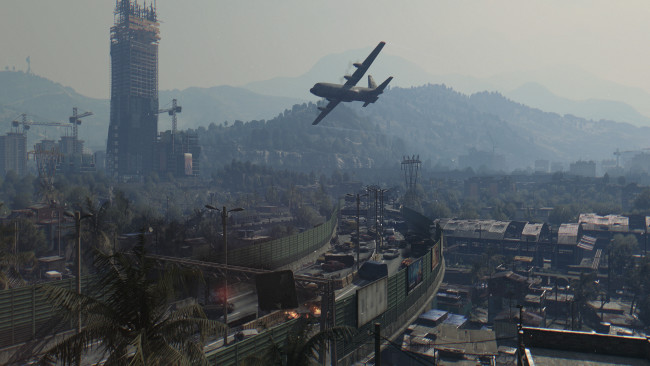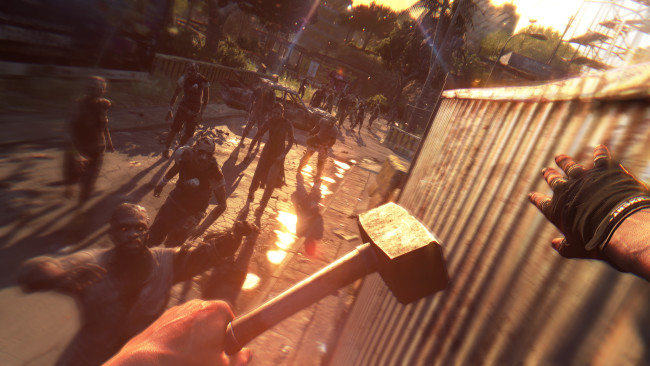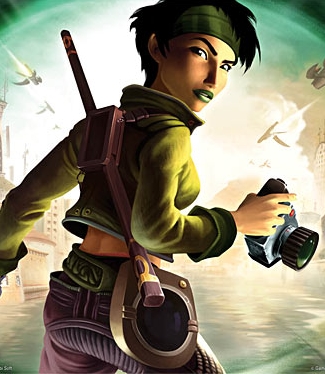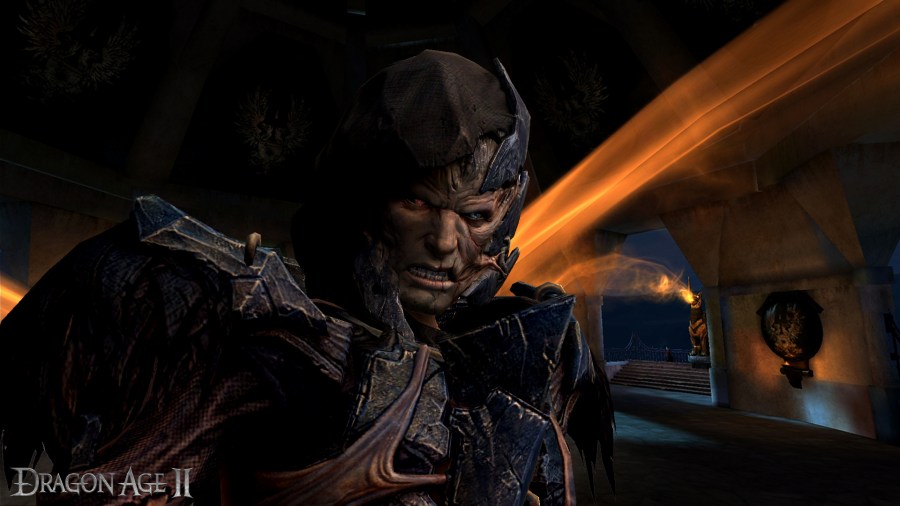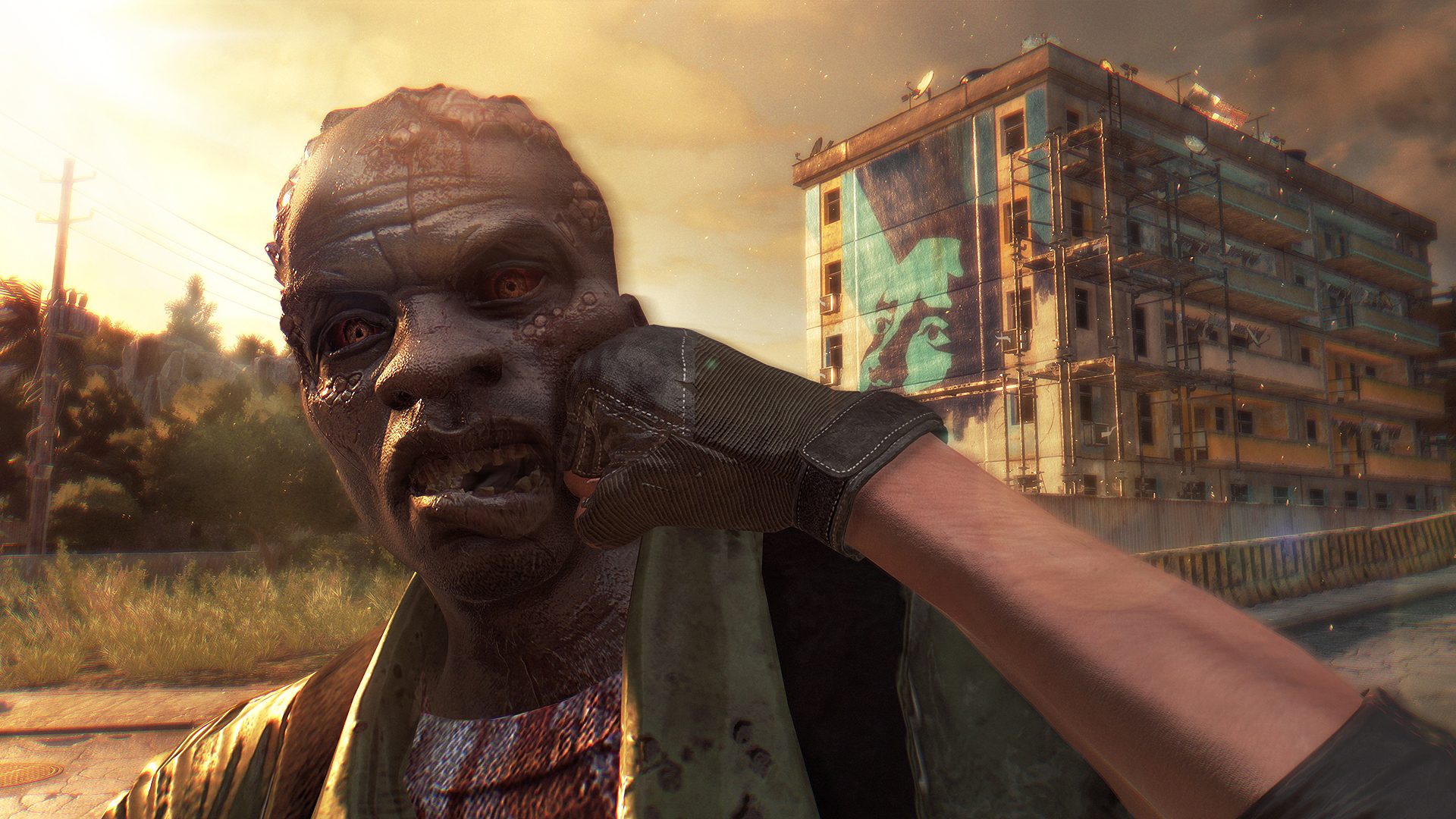
Dying Light: the first fun and frantic hours
Dying Light is the new action survival open world game from Polish developer Techland and published by Warner Bros. Interactive Entertainment. What immediately sets Dying Light apart from other open world action games is the first-person perspective of the player, which is infused with parkour movement and an emphasis on melee combat. The game also features a dynamic day and night system where the danger increases as the sun goes down. Let’s get into the early stages of the game and discuss first impressions with this new zombie survival experience.
You step into the nimble shoes of Kyle Crane, who is dropped into the quarantined Turkish fictional city of Harran. We learn that Crane is an operative, working on behalf of the Global Relief Effort (aka GRE) to recover a file that has been stolen form them, this file may also hold the key to reversing the infection that is plaguing the region. Crane goes undercover to integrate with the residents of Harran, and finds himself caught between the friendly residents of the Tower and the militia-like Bandits led by Rais. Interestingly, the GRE doesn’t seem to care what Crane does, as long as it is in service of securing the information they require.
Gameplay-wise, the visual presentation of the game is excellent. The environments and characters are highly detailed, and different regions within the city appear distinct while fitting into the overall character of the city. The conflict ravaged region also provides for a great parkour experience. For instance, crumbled walls, abandoned cars, and fallen building debris provide numerous entry points onto free-running along the rooftops and structures within the city. Additional skills, acquired throughout the game, provide more options in tackling the terrain. When day turns to night, the city seems to take on a whole new appearance, with limited visibility creating opportunities for (enjoyable) disaster at every turn.
Dying Light doesn’t deviate significantly from the open-world quest formula, but the missions feel more meaningful (than other open world games) because of their integration into the main story and environmental narratives, respectively. Speaking to individual characters in a first-person perspective also makes the quests feel more worthwhile: the camera centers on the quest-giver as they are speaking , and you can see the details in their facial expressions as they ask you to “go to this place, find this thing, bring it to so and so.” That is a good attention to detail that is hard to pull of in 3rd person games, where the quest giver may look like any other NPC and the user is free to spin the camera around or walk away all together. Crane will also communicate via his walkie-talkie while out and about; allowing the player to continue moving freely in these moments keeps the player immersed and adds to the game’s consistent tension. Thus far, I’ve seen very few quests given that we not accompanied by some character interaction or spoken dialog, which is appreciated.
Dying Light also does a great job of propping up the survival-horror aspect of the game by making the player feel vulnerable. Nearly all of the games resources are finite. For instance, items must be found, bought or crafted. The player can only carry a finite number of weapons, which will also decay and eventually break. Weapons and consumables can be crafted, but the player must scavenge through abandoned shops, homes, and corpses to find the resources needed. There is an emphasis on melee fighting, and guns are very rare within the game. This leads to some excellent moments of tense decision making, when the player is faced sticking around to look for components as the zombie horde is alerted to your presence, or cutting your losses to escape to safety.
Dying Light’s item system is complemented by an RPG-like player-skill progression. Similar to skill progression in Tomb Raider, Dying Light separates abilities into three trees: Survival, Agility, and Power. Survival is your overall skill, including carrying capacity, merchant negotiation, etc.; survival XP comes from completing missions and quests. Agility pertains to parkour ability, while Power covers fighting techniques. Power is the most difficult tree to ramp up, only because the player starts out under-equipped and over-matched. Your abilities really get going around level 7-10, and this is perhaps the main criticism of the early hours of the game, as is the case with many skill tree experiences (e.g., Borderlands, Fuse, Tomb Raider). For example, a major node on the Agility tree unlocked better parkour ability, which seemed to speed up climbing animations (among other things). Prior to this it felt like I was moving through mud, and I should have had this ability all along.
Dying Light is Nerd Appropriate
Overall, the first hours of Dying Light have been a welcome surprise and highly enjoyable. The multiple ways in which the narrative is woven into the gameplay creates an immersive experience that drives my desire to explore every nook and cranny to find better components, to craft better weapons, and ultimately create more zombie-fueled chaos in this open-world playground. Abilities take a bit of time to unlock, but this shouldn’t deter you from playing. The narrative and enjoyable experiences ramp up quickly. I always feel like I’m working toward an interesting goal, discovering new areas and loot, or finding amusing ways to deal with zombie encounters. And with a bunch of DLC planned for the near future, I’ll be happily slashing my way through the world for a while. Next up, I plan to delve deeper into the game’s advanced challenges and hope to try out the drop-in drop-out co-op aspects of the game.
Good night… good luck.



